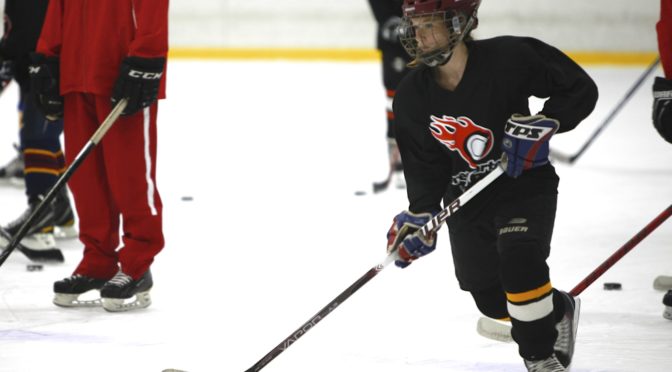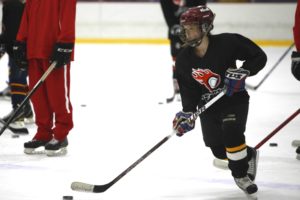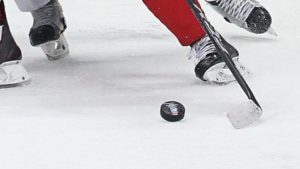31
January
Goal Scorers & Prolific Passers
Posted by Greg Carter

Most teams have a goal scorer that can be counted on to find the back of the net on a regular basis. And as every good hockey coach will attest to, wherever you find a goal scorer, there is usually a great playmaker nearby. While everyone wants to score goals, having the talent to read a play and put the puck on the tape is an equally impressive skill.
Are you a good passer? Making a good pass can be the difference between winning and losing a game. In practice it can be the difference between a great start to a drill, or it ending before it ever begins as the puck slides down the entire length of the ice.
Practicing passing, and the proper fundamentals, should be a regular part of your skill training. Becoming a better passer is a simple way for players to make huge contributions to their team, and it all starts with a good hockey personality. A good personality you might ask? Absolutely, because in order to be a good passer you can’t be a puck hog! Great passers have a high ‘hockey IQ’ and try to making the right hockey play, not just trying to light the lamp themselves. And best of all? Great playmakers know that when they make a great pass, they oftentimes can expect a great pass back!
Tips and tricks to passing with precision:
Vision. Making a good pass starts with keeping your head up and being aware of the play. The skill of passing involves reading and anticipating the play, and not just making a pass, but making the right pass.
Accuracy = Tape-to-tape. Players hear this all of the time from coaches, and in order to make an accurate pass you need to look at your target and make a good, crisp pass with a proper follow through. Taking the extra split second to find your target and see how fast he is moving is something that will come naturally with practice. A pass into the skates of your linemate is a surefire way to quickly end a breakout or breakaway. Practice makes perfect, so hit the tape every time in practice and you stand a good chance of doing the same in the game!
Mechanics. The mechanics of passing have changed over the years as sticks have evolved. Gone are the days of needing to over emphasize receiving the puck, especially as players get older and stronger and the stick flexes when receiving passes. Some fundamentals do remain constant, such as not slapping at the puck. This is a common mistake players make at younger ages. Instead of slapping at the puck, players should concentrate on the puck rolling off the blade from the heel toward the toe in a sweeping motion. Weight transfer is also important, so move from your back to front skate as you begin your follow through.
Once players master the basic fundamentals of passing, they can start to practice more advanced passes such as a saucer pass, which is one of our absolute favorites! Take the time to work on your skills so that when the game is on the line, you make the perfect tape-to-tape pass!
Need more help with your passing and skill development? Join us at one of our 2018 Summer Hockey Camps in ten states this summer!




 Get ready to start your journey! With the hockey season behind us and summer training and development on the minds of hockey players everywhere, we invite – and challenge – you to become a better hockey player this summer.
Get ready to start your journey! With the hockey season behind us and summer training and development on the minds of hockey players everywhere, we invite – and challenge – you to become a better hockey player this summer. Subscribe
Subscribe Subscribe
Subscribe




